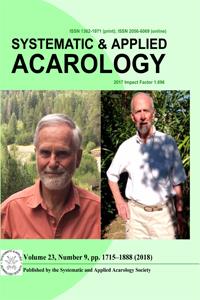Notwithstanding the advantageous traits of Typhlodromus bagdasarjani Wainstein and Arutunjan to feed on alternative food such as pollen ensuring the long-term control of greenhouses pests, the nutritional ecology and the role of this predator in biological pest control are rarely addressed. In the current study, the predator's development and reproduction on three food sources including Tetranychus urticae Koch, almond pollen, as well as T. urticae almond pollen; and the no food condition were evaluated. Additionally, all diets were tested on both artificial and leaf-based substrates to assess the potential host plant effects on the predator's performance. Although all larvae on both rearing substrates successfully developed into protonymphal stage, they did not succeed to reach the next stage. Development of T. bagdasarjani was shorter, both female and male, on artificial substrate mainly feeding on almond pollen. Females feeding on almond pollen and almond pollen T. urticae on artificial substrates had the highest intrinsic and finite rate of increase as well as oviposition rate. Consequently, almond pollen could be used as a conservation management tool to support the early buildup of pre-established natural populations of T. bagdasarjani in open field crops.
How to translate text using browser tools
17 September 2018
Interactions among food diets and rearing substrates affect development and population growth rate of Typhlodromus bagdasarjani
Elham Riahi,
Yaghoub Fathipour,
Ali Asghar Talebi,
Mohammad Mehrabadi
ACCESS THE FULL ARTICLE
Almond pollen
Alternative food
Artificial substrate
Leaf-based substrate
Phytoseiidae
Tetranychus urticae





